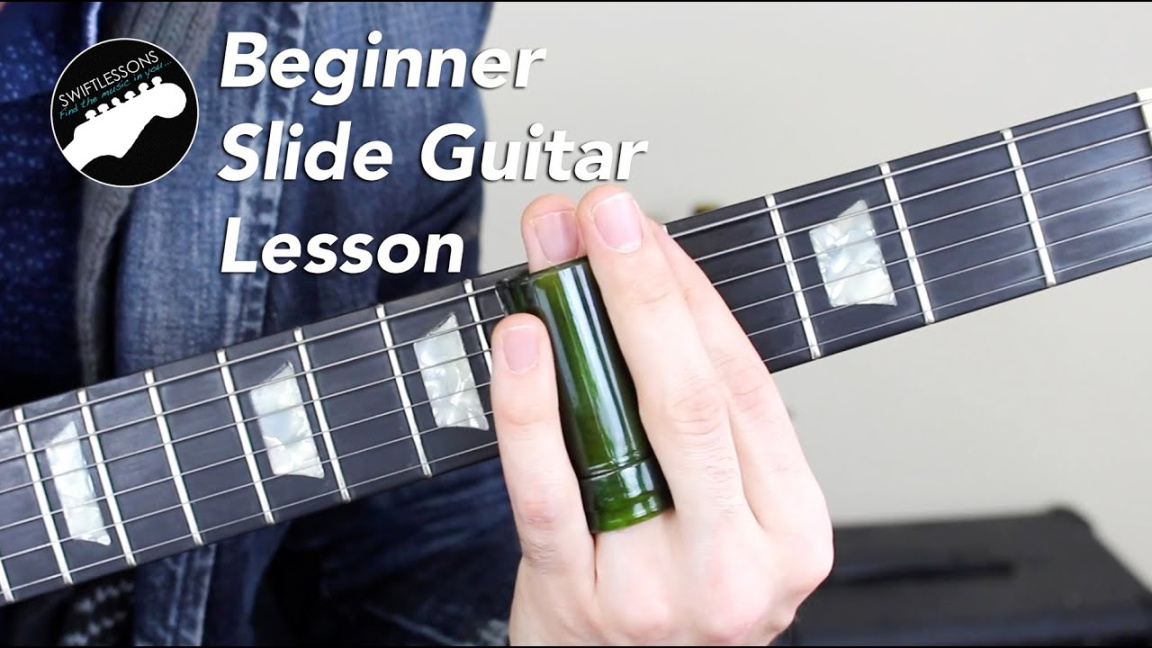—
Guitar Slide Techniques: Gliding into Sonic Bliss
So, you’re looking to add that sweet, soulful, or maybe even downright gritty sound to your guitar playing? Slide guitar is your ticket. It’s not just for blues legends; it’s a versatile technique that can spice up any genre. But where do you start? Let’s break down the essentials of guitar slide techniques.
Understanding the Slide

First things first, you need a slide. It’s that cylindrical object you slip onto your finger. Slides come in various materials: glass, metal, ceramic, and even bone. Each material gives a different tone. Glass is smooth and warm, metal is bright and sustain-heavy, ceramic offers a nice middle ground, and bone is, well, unique. Experiment to find your preference.
Choosing the Right Finger
Most players use their ring finger or pinky for slide. The ring finger offers more strength and control, while the pinky allows you to use your other fingers for fretting Chords or melodies simultaneously. It’s a personal choice, so try both and see what feels natural.
Setting Up Your Guitar
A good setup is crucial for slide playing. You’ll want slightly higher action (the distance between the strings and the fretboard) to prevent fret buzz. Heavier gauge strings can also help with sustain and tone. Some players even raise the nut slightly for even higher action.
The Basic Technique: Light Touch and Parallel Movement
The golden rule of slide guitar is a light touch. Don’t press down hard like you do when fretting normally. The slide should hover just above the frets. Apply just enough pressure to make the string ring clearly.
Parallel Movement: The slide should always move parallel to the frets, not at an angle. This ensures clean, in-tune notes. Any deviation will result in off-key sounds.
Exploring Different Positions and Scales
Once you’ve got the basics down, start exploring different positions and scales. Open tunings, like open E or open G, are common for slide because they allow you to play chords by simply barring the slide across the strings.
Open Tunings and Chord Shapes
Open tunings are your best friend when learning slide. They create a drone-like sound and make it easy to play chords.
Open E Tuning (E-B-E-G#-B-E): This tuning is great for blues and rock. You can play a major chord by barring the slide across all strings.
Minor Pentatonic and Blues Scales
These scales are the bread and butter of slide playing. They’re simple to learn and sound great.
Minor Pentatonic Scale: This scale is used in countless blues and rock songs. Learn the patterns and practice moving the slide through them.
Using the Slide for Melodies and Licks
Don’t just stick to chords and scales. Use the slide to play melodies and licks.
Target Notes: Focus on hitting specific target notes accurately. Practice moving the slide smoothly between notes.
Adding Effects and Tone Shaping
Effects pedals can greatly enhance your slide tone.
Overdrive and Distortion: These effects add grit and sustain, perfect for blues and rock.
Practice and Patience
Like any guitar technique, slide playing takes practice. Start slow and focus on clean, accurate notes. Don’t get discouraged if it sounds rough at first. With time and dedication, you’ll be gliding into sonic bliss.
Conclusion
Slide guitar is a journey of exploration and expression. It’s about finding your own voice and adding that unique, gliding sound to your playing. From mastering the basic techniques to experimenting with open tunings and effects, there’s always something new to discover. Remember to keep a light touch, maintain parallel movement, and focus on intonation. With patience and practice, you’ll soon be sliding your way to a whole new level of guitar playing. So grab your slide, tune up, and start exploring the endless possibilities.

